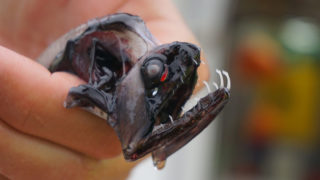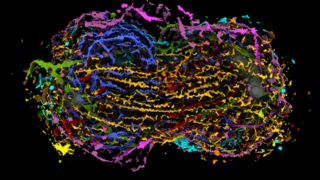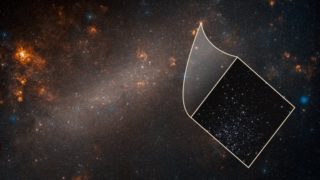
MI weekly selection #334
Dragonfish teeth owe translucence to nanoscale structures Nanoscale structures make the teeth of deep-sea dragonfish translucent so they’re invisible to prey. The sharp, thin teeth are obscured in the dragonfish’s mouths due to the way the nanostructures minimize the scattering of light. Science News 10M-light-year-long magnetic field detected between galaxy clusters Two galaxy clusters appear […]








